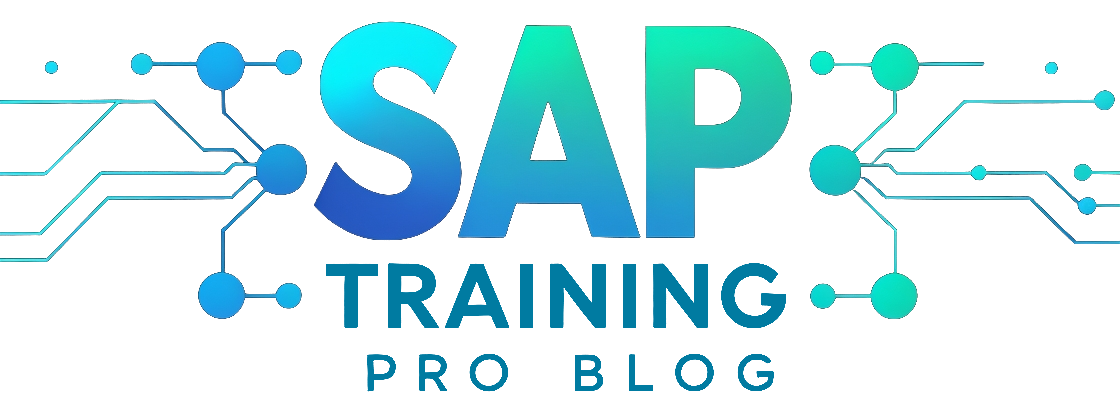Step-by-Step Guide to Getting Started with SAP IBP Training

In today’s business climate, efficient supply chain management is crucial. SAP Integrated Business Planning (IBP) stands out as a powerful tool for companies seeking to enhance their operations. Whether you’re aiming to boost demand planning or optimize inventory, getting trained in SAP IBP can unlock significant opportunities.
Table Of Content
- Understanding SAP IBP
- What is SAP IBP?
- Key Features of SAP IBP
- Setting Up for SAP IBP Training
- Prerequisites for Training
- Choosing the Right Training Courses
- Step-by-Step Guide to Getting Started
- Step 1: Explore Onboarding Resources
- Step 2: Hands-on Practice
- Step 3: Join Community Forums
- Common Challenges in Learning SAP IBP
- Complex Terminology
- Integration with Other Systems
Understanding SAP IBP
What is SAP IBP?
Think of SAP IBP as the command center for your supply chain. It’s a comprehensive cloud-based tool that integrates sales, inventory, operations, and financial planning. With real-time data and predictive analytics, businesses can respond quickly to market changes, reduce costs, and improve service levels.
Key Features of SAP IBP
SAP IBP is packed with features designed to streamline supply chain management:
- Demand Planning: Use statistical models and machine learning to predict future demand with precision.
- Supply Planning: It helps in balancing supply and demand efficiently, while minimizing stock-outs and overstock situations.
- Inventory Optimization: Integrate with sales and operations planning to optimize stock levels, ensuring businesses hold the right inventory at the right place.
Setting Up for SAP IBP Training
Prerequisites for Training
Before diving into SAP IBP, it’s essential to have a basic understanding of supply chain management and enterprise resource planning (ERP) systems. Familiarity with data analytics can also be beneficial as it aids in comprehending the practical applications of SAP IBP.
Choosing the Right Training Courses
Selecting the right training path is crucial. Here are some options:
- Online Courses: Ideal for self-paced learning, these can be accessed globally.
- Workshops: These provide intensive training with real-world examples.
- Certifications: Recognized qualifications that validate your SAP IBP expertise.
Step-by-Step Guide to Getting Started
Step 1: Explore Onboarding Resources
Begin with SAP’s official onboarding guide. This will provide a structured path through the basics and advanced features. Many resources, such as SAP Learning Hub, offer comprehensive guides and tutorials.
Step 2: Hands-on Practice
Theoretical knowledge is not enough. Engage in hands-on labs or simulations where you can apply what you’ve learned. This practice is invaluable for mastering SAP IBP components.
Step 3: Join Community Forums
Don’t underestimate the value of community support. Joining SAP forums can help you network and gain insights from other users’ experiences. It’s a great way to resolve queries and learn about best practices.

Common Challenges in Learning SAP IBP
Complex Terminology
SAP IBP comes with its own set of jargon. Start by listing these terms and their definitions. Flashcards or apps like Anki can aid in memorization.
Integration with Other Systems
Integrating SAP IBP with existing systems can be complex. It’s important to understand the technical landscape of your organization and how SAP IBP fits into it. Speaking with IT professionals can provide clarity and guidance.
SAP IBP is a vital tool for modern supply chain management. By investing in training, you’re not just gaining skills but positioning yourself as an asset to any organization. The path might seem challenging, but with the right resources and determination, mastering SAP IBP is well within reach. Ready to take the next step? Dive into SAP’s onboarding resources and start your journey today!


